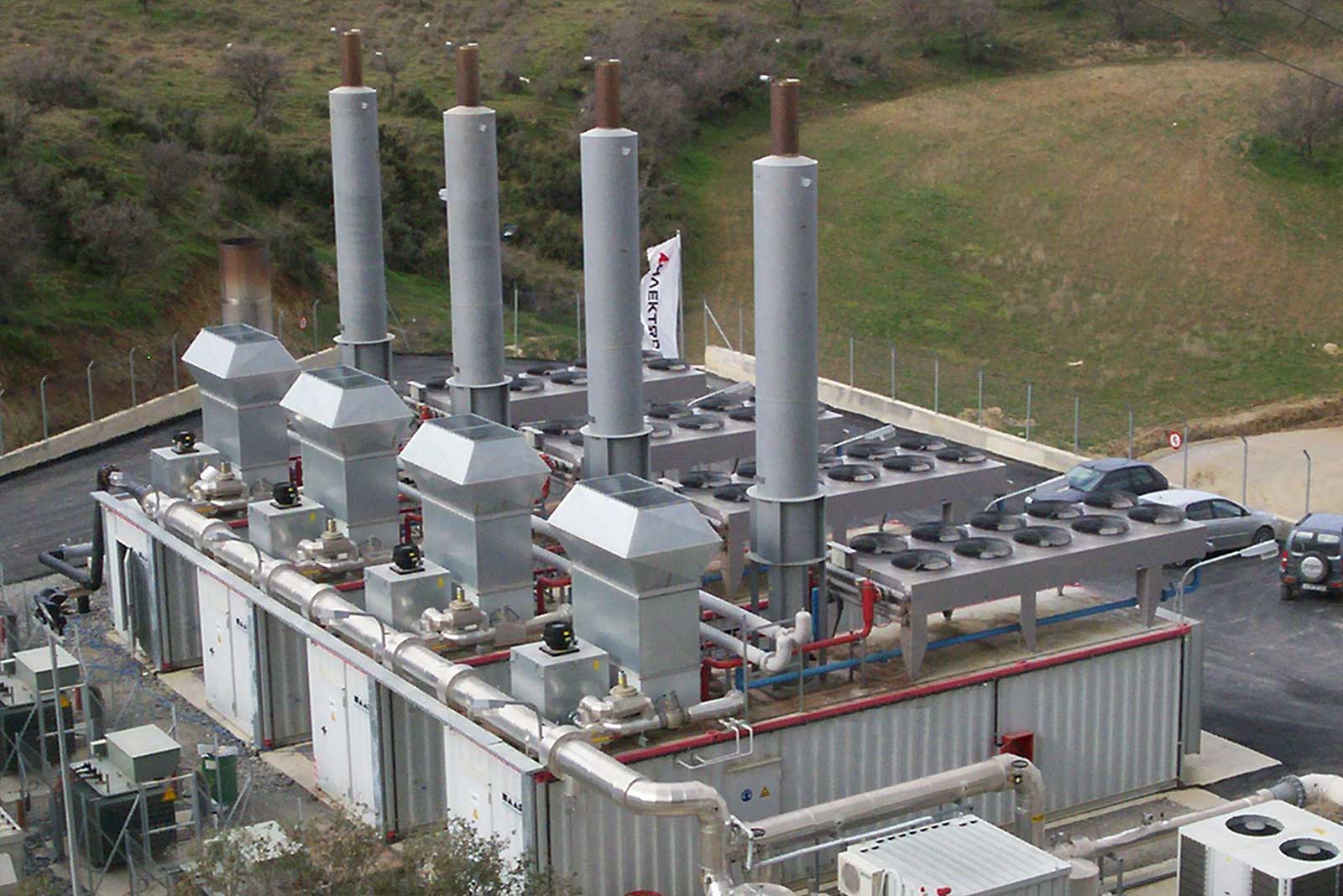Pumping Trials
These involve the drilling of boreholes and installation of test wells of a similar design to the extraction wells to be used in the proposed scheme.
Landfill gas is then extracted from the well by the suction of the test flare. The landfill gas flow and quality obtained for a range of different suction pressures is measured.
Landfill gas is drawn towards the test well under the influence of a pressure gradient in the waste. The pressure difference decreases with increasing distance from the well until a point is reached where the applied suction at the test well has no influence on the pressure in the waste. The horizontal distance of this point from the well is known as the “radius of influence”. It can be estimated by monitoring pressure changes in the waste at various distances from the well.
The “radius of influence” is used to calculate the volume of the waste from which landfill gas is extracted. See below figure :
When a steady state is reached, which may take several weeks, the landfill gas quality should stabilize and the flow of landfill gas at the well head is theoretically equivalent to the rate of generation of landfill gas within the waste.
The basis of these tests is to measure the flow rate achievable from a part of a site and thereafter to “scale up” the result to calculate the likely yield from the whole site.
Since waste is a very heterogeneous mass the results from such test can be variable and therefore practical knowledge and experience is the most useful factor in predicting well yields.
Our expertise engineers have over 50 years of experience of landfill gas control and utilization projects and have found the following values to be realistic in terms of gas production :


